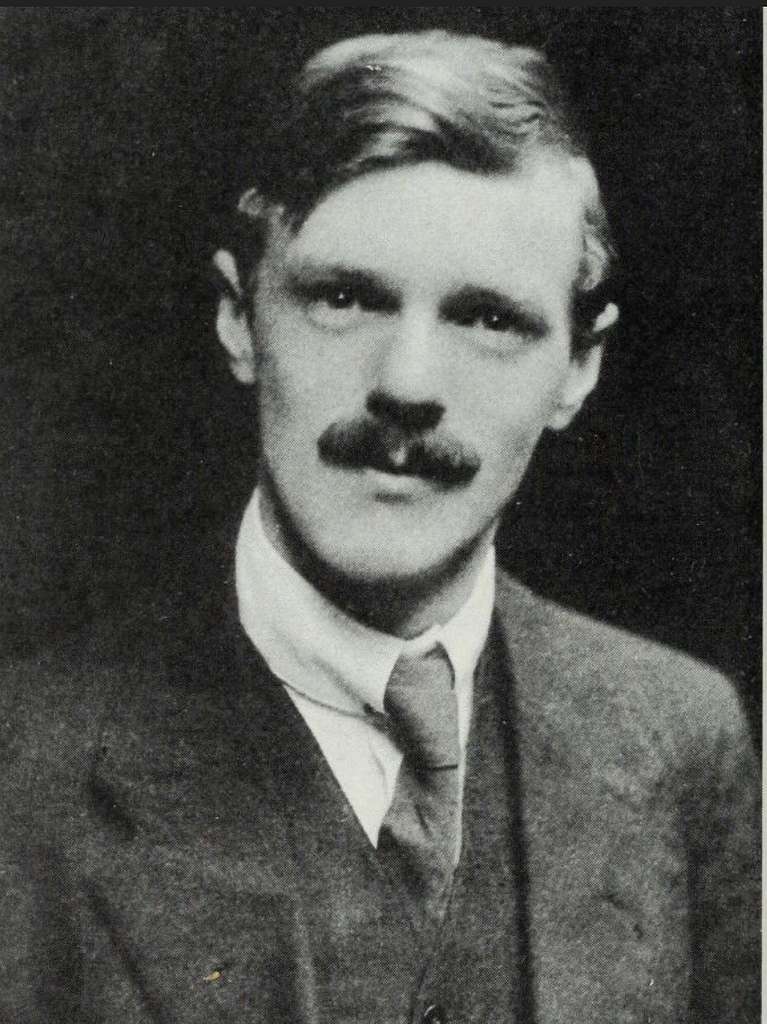D.H.Lawrence

D.H. Lawrence, David Herbert Lawrence on was born on September 11, 1885, in Eastwood, Nottinghamshire, England. He was a seminal figure in modern literature, known for his profound and often controversial explorations of human relationships, sexuality, and the natural world. Born into a working-class family, Lawrence’s upbringing significantly influenced his writing, which often delved into the complexities of class, industrialization, and rural life.
Lawrence’s literary career began with poetry and short stories, but he gained widespread recognition with his novels. His early works, such as “The White Peacock” written in 1911, and “Sons and Lovers” (1913), established his unique voice and thematic preoccupations. “Sons and Lovers,” in particular, is considered semi-autobiographical and explores the intense relationships between a young man and his mother, as well as his struggles with his working-class background.
Lawrence’s later novels, including “The Rainbow” (1915), “Women in Love” (1920), and “Lady Chatterley’s Lover” (1928), further cemented his reputation as a bold and innovative writer. These works often challenged the moral and social norms of his time, leading to censorship and controversy. “Lady Chatterley’s Lover,” with its explicit portrayal of an affair between a working-class man and an upper-class woman, became one of the most famous and controversial books of the 20th century.
In addition to his novels, Lawrence was a prolific poet, playwright, essayist, and literary critic. His travel writing, such as “Sea and Sardinia” (1921) and “Mornings in Mexico” (1927), reflects his extensive journeys around the world, including stays in Italy, Australia, and Mexico. His paintings, though less well-known, also showcase his artistic versatility.
Lawrence’s health was frail throughout his life, and he spent much of his adult years seeking climates that would alleviate his tuberculosis. He died on March 2, 1930, in Vence, France, at the age of 44. Despite his relatively short life, Lawrence’s impact on literature is immense. His works continue to be studied, adapted, and celebrated for their depth, passion, and unflinching exploration of the human condition
Lady Chatterley's Lover
Summary:
The book begins with the introduction of Connie Reid, the female protagonist of the novel. She was brought up as a cultured bohemian of the upper-middle class, and was introduced to love affairs—intellectual and sexual liaisons—as a teenager. In 1917, at 23, she marries Clifford Chatterley, the scion of an aristocratic line. After a month’s honeymoon, he is sent to war, and returns paralyzed from the waist down, resulting in him being impotent.
After the war, Clifford becomes a successful writer, and many intellectuals flock to the Chatterley mansion, Wragby. Connie feels isolated; the vaunted intellectuals prove empty and bloodless, and she resorts to a brief and dissatisfying affair with a visiting playwright, Michaelis. Connie longs for real human contact, and falls into despair, as all men seem scared of true feelings and true passion. There is a growing distance between Connie and Clifford, who has retreated into the meaningless pursuit of success in his writing and in his obsession with coal-mining, and towards whom Connie feels a deep physical aversion. A nurse, Mrs. Bolton, is hired to take care of the handicapped Clifford so that Connie can be more independent, and Clifford falls into a deep dependence on the nurse, his manhood fading into an infantile reliance.
Into the void of Connie’s life comes Oliver Mellors, the gamekeeper on Clifford’s estate, newly returned from serving in the army. Mellors is aloof and derisive, and yet Connie feels curiously drawn to him by his innate nobility and grace, his purposeful isolation, his undercurrents of natural sensuality. After several chance meetings in which Mellors keeps her at arm’s length, reminding her of the class distance between them, they meet by chance at a hut in the forest, where they have sex. This happens on several occasions, but still Connie feels a distance between them, remaining profoundly separate from him despite their physical closeness.
One day, Connie and Mellors meet by coincidence in the woods, and they have sex on the forest floor. This time, they experience simultaneous orgasms. This is a revelatory and profoundly moving experience for Connie; she begins to adore Mellors, feeling that they have connected on some deep sensual level. She is proud to believe that she is pregnant with Mellors’ child: he is a real, “living” man, as opposed to the emotionally-dead intellectuals and the dehumanized industrial workers. They grow progressively closer, connecting on a primordial physical level, as woman and man rather than as two minds or intellects.
Connie goes away to Venice for a vacation. While she is gone, Mellors’ old wife returns, causing a scandal. Connie returns to find that Mellors has been fired as a result of the negative rumors spread about him by his resentful wife, against whom he has initiated divorce proceedings. Connie admits to Clifford that she is pregnant with Mellors’ baby, but Clifford refuses to give her a divorce. The novel ends with Mellors working on a farm, waiting for his divorce, and Connie living with her sister, also waiting: the hope exists that, in the end, they will be together.
